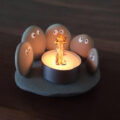The omnipresence of the letter e in our daily life and language is both undeniable and fascinating. As the fifth vowel in the English alphabet, its significance surpasses its humble place. A soft whisper in some words, a silent spectator in others, or a loud proclamation in yet another set, the letter e stands as the most commonly used letter in English. Often, we don’t notice its ubiquity – whether in the books we read, the signs we see, or the words we speak – but there’s no denying the letter e has a monumental role in the syntax and semantics of our language.
If you’ve ever pondered over what letter is e in the alphabet, it’s the fifth. This positioning may seem arbitrary, but it has a substantial impact on its frequency and usage in English and other Latin-based languages. Moreover, the meaning of letter e extends far beyond its lexical and phonetic use. It is a symbol representing numerous concepts in science, mathematics, culture, and spirituality.
Historical Origin and Evolution
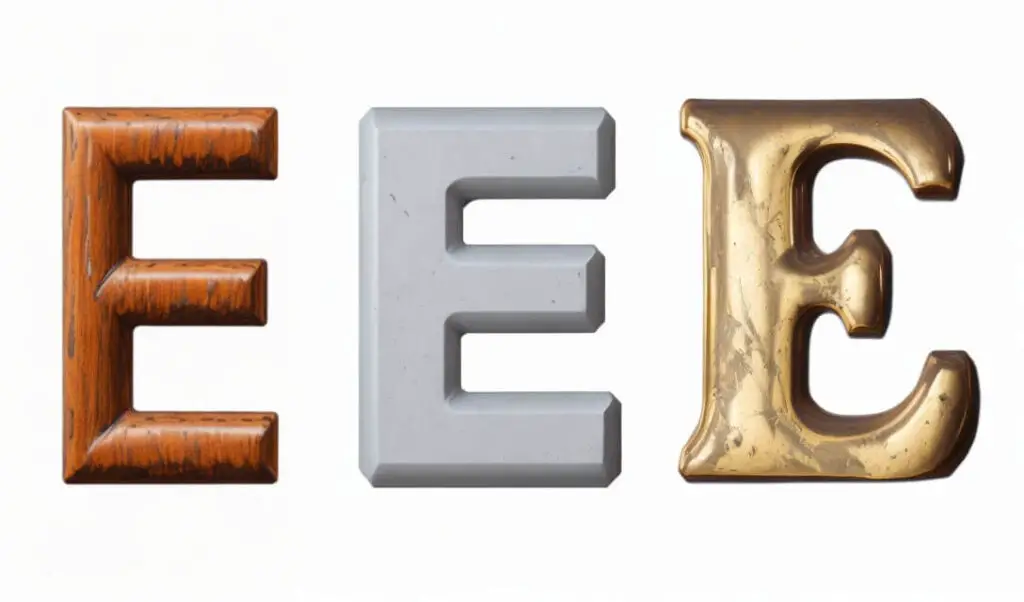
So, when was the letter e invented? Tracing back its origins takes us to the Phoenicians who used a reversed form of letter ‘E’, known as “he.” Later, the Greeks adopted it, and with a 90-degree rotation, it turned into “epsilon,” which is the Greek letter e. The Etruscans inherited the Greek letter e, which was later adopted by the Romans, leading to the formation of the Roman letter e we know today.
Similarly, in Spanish, the letter E holds its own significance. As one of the five vowel letters, it plays a fundamental role in forming words and conveying meaning. In Spanish pronunciation, the letter E is typically pronounced as a short, crisp /e/ sound, adding a melodic quality to the language. Its presence in words like “esperanza” (hope) and “energía” (energy) showcases the letter E’s ability to bring vitality and expression to the Spanish language. Whether spoken or written, the letter E in Spanish continues to contribute to the rich tapestry of communication and linguistic beauty.
The variations and adaptability of the letter e are reflected in how it is written in different scripts and styles. The sleek lines of the cursive letter e contrast with the ornate intricacy of the calligraphy letter e. Whether it’s the bold strokes of the graffiti letter e or the simplicity of the letter e in cursive, each form adds to the unique character and legacy of this vowel.
The Letter E in Math and Science
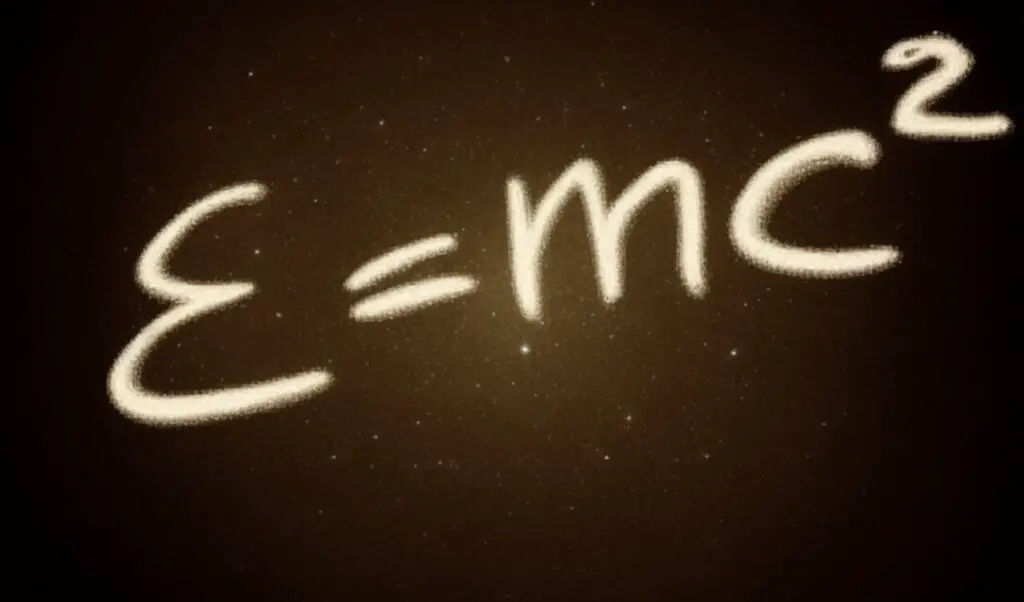
In mathematical terms, the significance of the letter e is unparalleled. So, what does e mean in math calculator? Here, ‘e’ refers to Euler’s number, approximately equal to 2.71828. This number is the base of natural logarithms and plays a vital role in calculus and complex number theory. Similarly, when you ask, what does the e mean on a calculator, it usually refers to the scientific notation where ‘e’ denotes “times ten raised to the power of”.
The question, what does e mean calculator, is similar in context. In most calculators, ‘e’ is used to represent exponential notation. As for what does e mean in numbers, in scientific notation, it indicates the power of 10 that the number should be multiplied by. The same applies when considering what does e mean in statistics, where ‘e’ often represents the base of the natural logarithm in equations. Therefore, understanding how much is e is crucial in scientific and mathematical contexts, as it underlines the importance of what does e mean in these fields.
Phonetic Importance
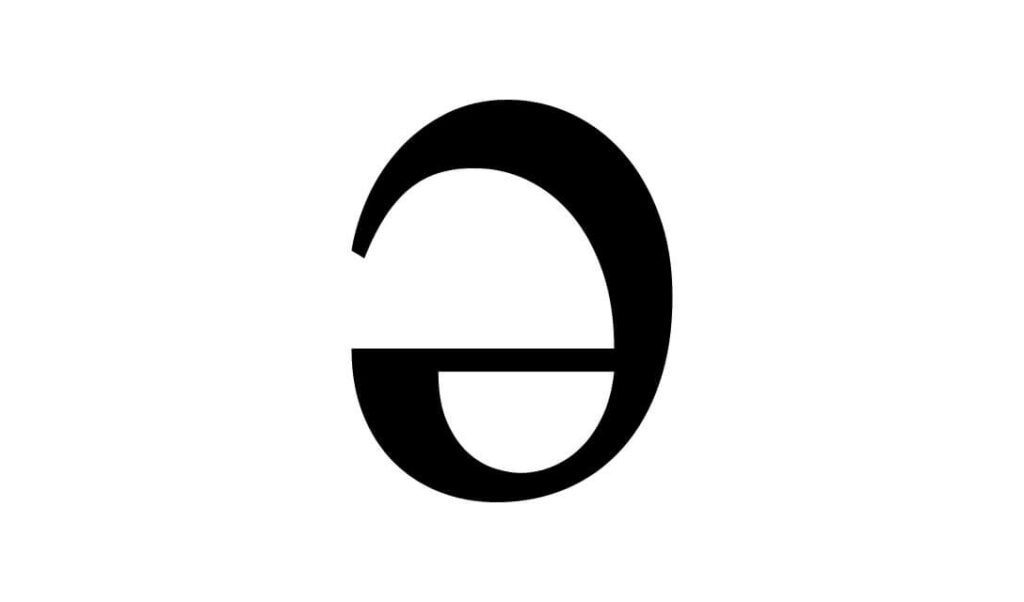
Let’s now delve into the phonetics of the letter e. The sound of letter e in English can vary greatly depending on its location, surrounding letters, and language nuances. Sometimes it’s the short, crisp sound in ‘pen’, at other times it’s the long, drawn sound in ‘we’. This complexity reflects what sound does the letter e make in different contexts.
Phonetically, the letter e holds a fundamental role. The “eh” sound, or sound of letter e, is one of the first phonemes children learn when starting to speak. Teaching the phonics letter e forms a crucial step in early language education. Furthermore, the sounds linked to the letter e often convey more than just phonetics; they could imply an emotion, a cultural cue, or a social context.
Symbolism and Significance
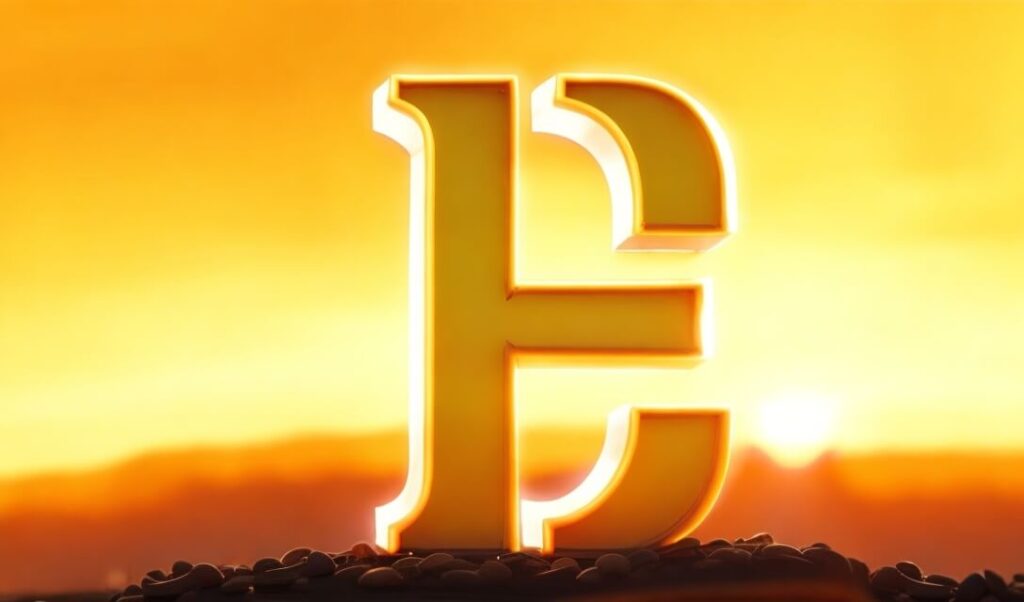
The letter e carries deep symbolism. It’s not just a character but a representation of various concepts and notions. For instance, in numerology, the spiritual meaning of letter e signifies freedom, excitement, and adventure. The number 5, which corresponds to the letter e, symbolizes dynamic energy and change.
In addition, what does the letter e represent? It stands for words like ‘energy’, ‘excellence’, ’empathy’, thus having a positive connotation in the English language. Its role in expressing emotions and states of being further highlights what does the letter e say about you.
Furthermore, the letter e holds specific significance in internet slang. If you’ve wondered what does e mean in slang or what does e mean texting, it’s commonly used as a representation of ‘electronic’, as in ‘e-mail’ or ‘e-commerce’. Moreover, e meaning in English could vary depending on its use, emphasizing the letter’s adaptability.
The Letter E in Everyday Life
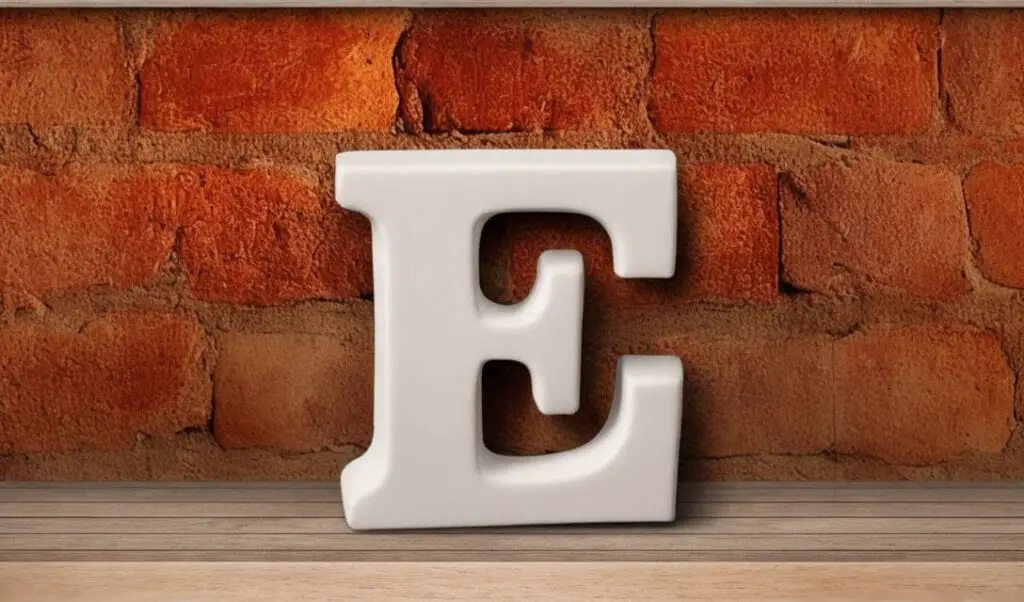
In daily life, the letter e is all around us, marking our everyday objects, places, and experiences. There are numerous household items that start with e, such as ‘egg-beater’, ‘earplugs’, ‘envelopes’, ‘extension cord’, and ‘electric kettle’. Each of these objects letter e underscores the ubiquitous presence of this vowel in our surroundings.
Similarly, consider cool things that start with e: ‘elephants’, ‘eclipses’, ‘equations’, ’emeralds’, and ‘express trains’. Each of these concepts or objects offers an aspect of fascination, intrigue, or utility. The list extends to fun things that start with e like ‘eating’, ‘exploring’, ‘experimenting’, and ‘exercising’.
We encounter the letter e in our environment too. Consider the places that start with the letter e – ‘Egypt’, ‘Ecuador’, ‘Edinburgh’, ‘El Paso’, and ‘Eastbourne’, or countries that start with the letter e like ‘Estonia’, ‘Ethiopia’, and ‘El Salvador’. Each place holds its unique charm and character, further enriched by the presence of the letter e.
The Letter E in Culture

The letter e also influences our cultural and entertainment spheres. Consider Disney characters with the letter e, such as ‘Eeyore’, ‘Elsa’, ‘Eric’, ‘Esmeralda’, and ‘Edna Mode’. These characters that start with the letter e bring life to our screens, adding joy and teaching valuable life lessons.
If you’ve ever tried to recall movies without the letter e in their titles, you might realize it’s not an easy task. Most movie titles have at least one ‘e’ in them, emphasizing the letter’s prevalence. A few exceptions could be ‘Mulan’, ‘Cars’, ‘Up’, and ‘Big’. And in literature, ‘Gadsby’ is famously known as the book without the letter e.
Learning and Teaching the Letter E

The process of learning and teaching the letter e holds a specific charm. From show and tell letter e activities to learning how to pronounce and write it, the experiences associated with this vowel are memorable for children and teachers alike.
Songs can be a fun way to learn new concepts, and the letter e song or letter e song are no exceptions. These catchy tunes help kids remember the sound and shape of the letter. Teaching kids three letter e words like ‘hen’, ‘pen’, ‘end’ or five letter e words like ‘eagle’, ‘elbow’, ‘equip’ further familiarizes them with the phonetic and lexical usage of the vowel.
Conclusion
The importance and potential of the letter e are immense, stretching across various fields of human endeavor. Be it in math, science, literature, culture, or everyday life, its prevalence and significance are undeniable. This vowel, in its various forms – special letter e, different letter e, varsity letter e, magazine letter e, capital letter e, small letter e, dictionary letter e – carries a unique legacy and a potential that continues to shape our language and experiences.
As we end this exploration, let’s consider some positive words that start with the letter e like ‘energy’, ‘excitement’, ‘excellence’, and ’empathy’. These words not only enrich our vocabulary but also bring positivity into our communication. Remember, the essence of the letter e is not just in its sound or shape, but in the myriad of ways it influences our lives, languages, and learning.



